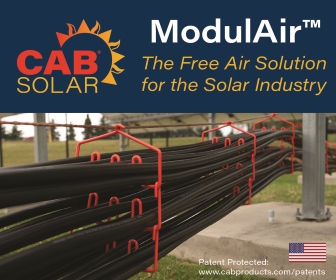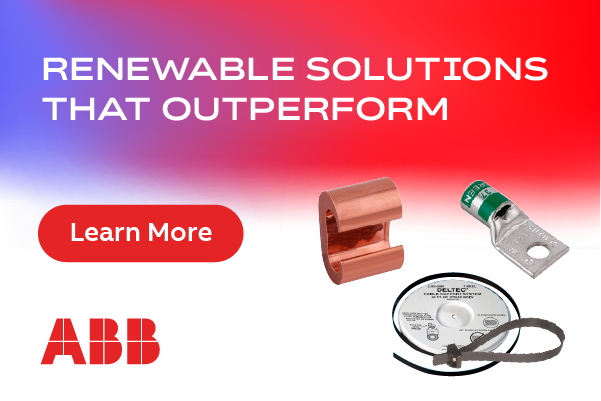Dangers of Cross-Mating: PV cable connectors aren't always a match
The generation of safe and clean electrical power relies on high safety standards and high-quality components that guarantee reliable performance.
Solar connectors are designed for twenty to thirty years of service life, and are expected to perform without fail during that lifespan. Designing products to safely meet such demanding requirements takes years of experience, and dedication to quality and rigorous validation standards. The smallest product issue or deficiency, or a mistake made during assembly or deployment, can have very dire consequences.
One of the most common errors seen in residential PV systems is the cross-mating of connector products from different manufacturers. Cross-mating is the practice of plugging together connector products from two different suppliers. It's easy to understand how this happens: most of them look very similar, and are all too often marketed as compatible with other connectors. This can even be stated in the actual product manual of modules and MLPE's.

This is a very dangerous marketing tactic, since the makers of those two different connectors almost certainly did not collaborate on their product designs.
The fact is, one tried to copy the other by guessing and mimicking materials, dimensions, compatible seals, etc. When you take a moment to consider that these connections are expected to last 20+ years (outside in all conceivable types of weather conditions), and protect an inordinately high level of DC energy (typical residential PV string inverter circuits are rated for >6kW), you can see how leaving the safety of these connections to a collection of guesses and estimations creates a dangerous situation. This is precisely why you cannot get a connector certification for products from two different manufactures unless those companies agree to a joint certification . . . and it is VERY rare for such a situation to exist.
In some cases, these connections survive without any appreciable effect on the system. In most cases, however, they cause nuisance issues like blown fuses, excessive power losses due to high heat generation, as well as creating repeated faults in the inverter (and even premature failure). Too often, these failures end up causing catastrophic issues, including electrical arcing and fires.

This is where a small oversight has very dire consequences. Because the NEC code requires that installers use equipment certified for its intended use (and cross-mating connectors is rarely if ever certified), an installer cross-mating these connectors is inadvertently commissioning a system that is not code-compliant. They must be sure that all the connections made in the system are products from the same manufacturer. Not only is this essential for safety, it also satisfies the warranty for parts used in the installation. It's best practice to follow the installation guides from the manufacturer, and not risk failure by cross-mating products that are not intended for such use.

While connectors may seem like an afterthought, they play a significant role in the success of any solar project. Help maintain the PV industry's reputation for safety and reliability by spreading the word about the dangers of cross-mating. The safest and most reliable habit is to only mate connectors from the same manufacturer.
Brian Mills is Product Manager Alternative Energy - North America at Stäubli Electrical Connectors. He is responsible for management of all PV related projects, safety standards compliance for developed PV products, design and specifications oversight for all new PV products, and a member of several UL standards technical committees.
Stäubli | www.ecs-ecart.com
Author: Brian Mills
Volume: 2021 July/August










.png?r=1136)

